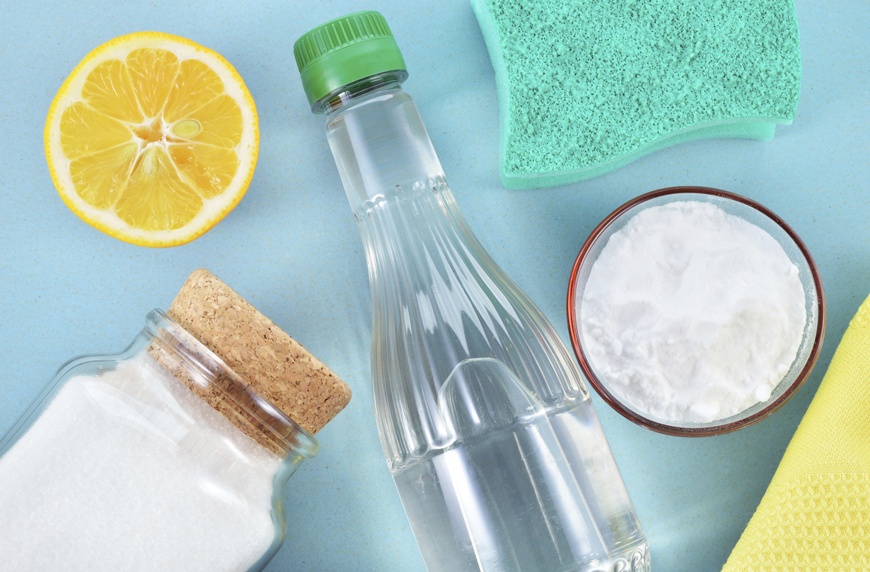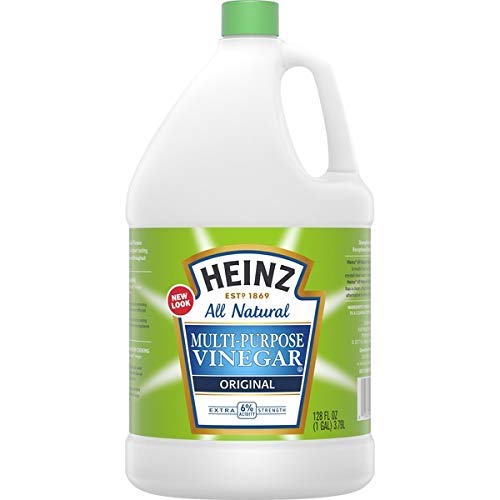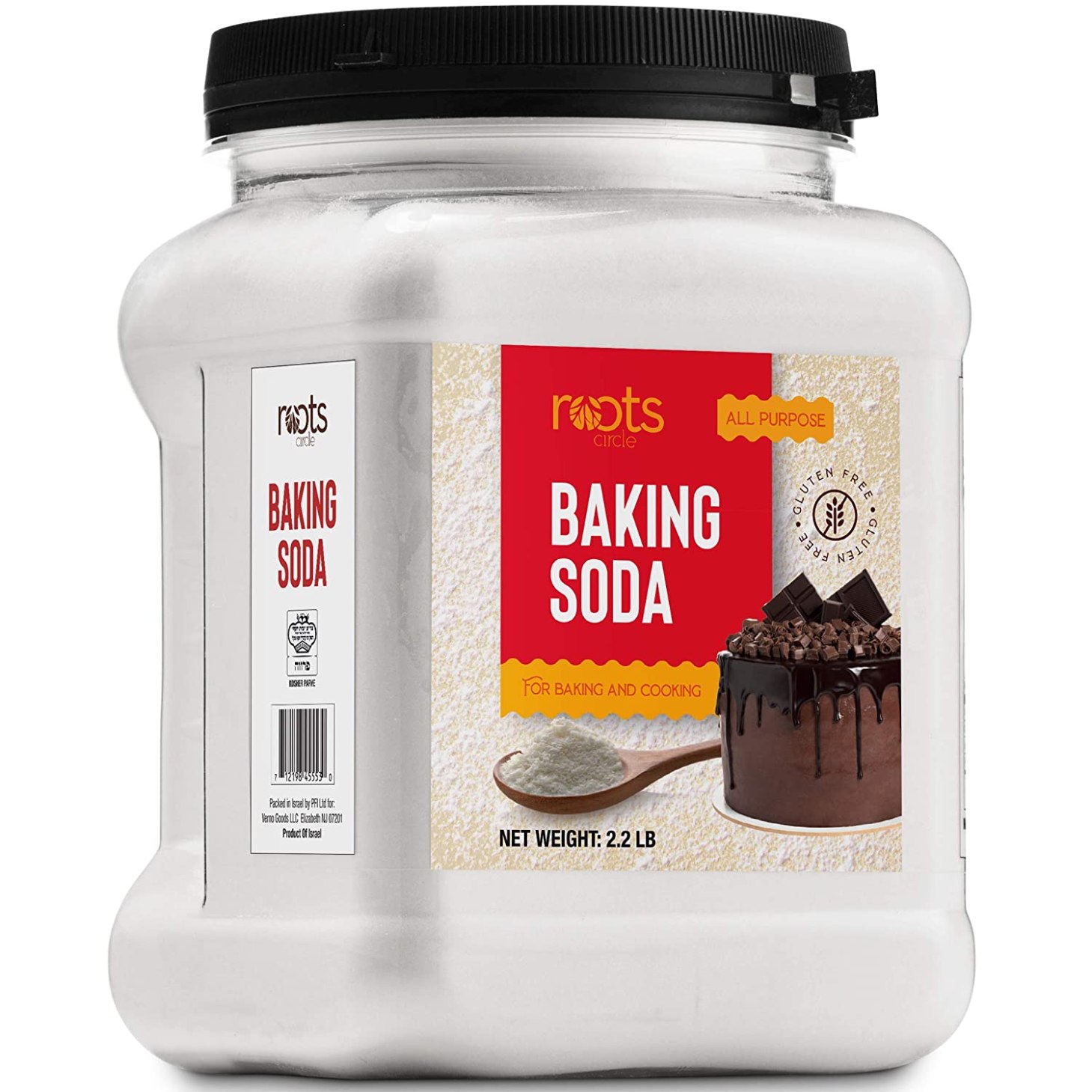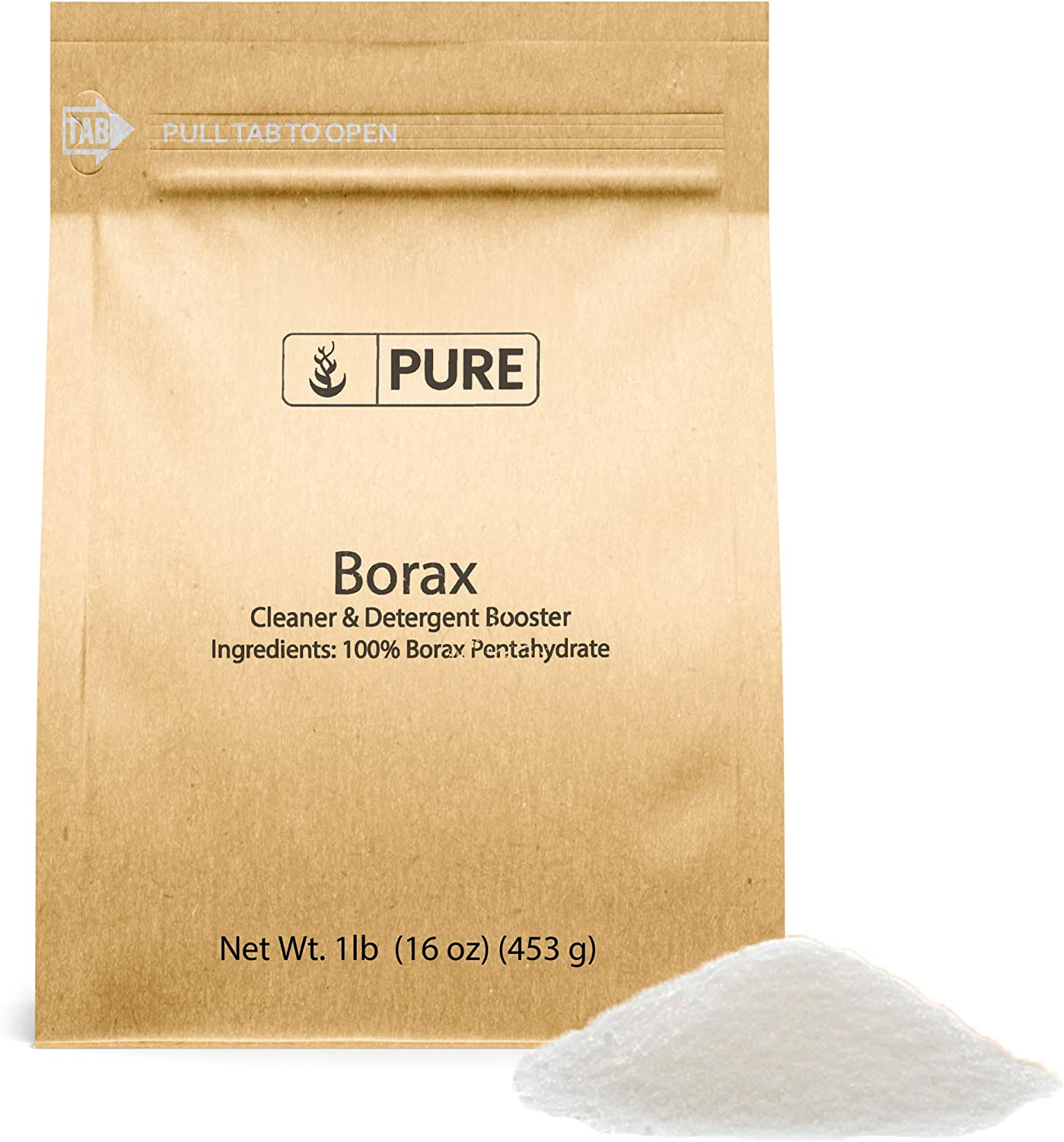Homemade Drain Cleaners That Are Safe, Natural, and Actually Work
- Aaron Mulder, co-owner and operations manager for Mr. Rooter Plumbing of San Antonio
- Brian Parmenter, master plumber at HomeX
The benefits of natural drain cleaning solutions
Eco-friendly drain cleaners are safer than toxic chemical-based cleaners. Synthetic cleaners have sodium hydroxide or sulfuric acid in them. In the long run, they will cause you more problems because they'll erode your plumbing. "We never recommend pouring chemicals down your drains because the fumes can be dangerous, and there are safer and more efficient solutions," says Brian Parmenter, a master plumber with more than 46 years of experience.
Natural, DIY drain cleaners are safer, easy to put together from items you already have at home, and are very cost-effective. In the big picture, you're helping to protect the environment by avoiding harsh commercial drain cleaners. Win-win-win?

{{post.sponsorText}}
How to make homemade, natural drain cleaner

1. Baking soda and vinegar
Baking soda and vinegar are like PB&J or matcha and oat milk for do-it-yourself cleaning: They go together perfectly. Using the duo is very easy to do and can keep your sinks clear of harsh, foul-smelling chemicals.
Mix 1/3 cup baking soda with 1/3 cup of vinegar and pour down the drain giving you trouble. "Close the drain up and let the concoction foam up inside the drain," says Parmenter. "After about a half-hour, pour a lot of hot, not boiling, water down the drain." For stubborn clogs, repeat the process.
2. Cream of tartar
Bob Vila (the OG of home repair) suggests another combination to dissolve stubborn bathroom clogs of hair and soap scum.
Combine two cups of baking soda with 1/8th cup of cream of tartar (approximately two tablespoons) and a half cup of salt. Mix the solution in a jar by giving it a good shake. Pour two cups of boiling water down the drain and add your homemade mix. Let everything sit for at least an hour. The salt and baking soda will work on the clog, while the cream of tartar cleans metals.
If it’s still clogged, pour one cup of baking soda and one cup of vinegar down the drain, followed by two cups of boiling water. Let it work overnight to clear the drain.
3. Dishwashing detergent and hot water
For those who love using coconut oil in your beauty routine, you might notice your drain has been slow. It’s possible you have a grease clog in your drain. There’s also the “oops” factor of accidentally pouring or spilling grease into your kitchen sink after cooking.
We’ve got you covered with this degreasing homemade drain cleaner. Put two tablespoons of your usual dishwashing detergent into a pan of boiling water, then slowly pour the hot water into the drain. This is especially effective at breaking up fatty grease clogs because you are returning the fats to a liquid state, then the detergent helps move the grease out of the drain and down the pipes. Greener Ideal recommends doing this once a week, which might make sense if you cook with a lot of greases or use beauty products that could clog your drain.
4. Borax, salt, and vinegar
Here is another homemade drain cleaner recommended by Parmenter. Start with 1/4 cup of salt and a 1/4 cup of Borax with a 1/2 cup of vinegar. Pour the solution into the drain followed by a pot of hot water. Let it sit for at least an hour before rinsing with hot tap water.
5. Boiling water
Sometimes, all you need is some good ol' boiling water. "Boil as much water as your kettle will hold and slowly pour it down the drain in two or three stages, allowing the hot water to work for several seconds between each pour," says Aaron Mulder, co-owner and operations manager for Mr. Rooter Plumbing of San Antonio. "Boiling water can work but can also cause damage to plastic or rubber seals under the sink over time with repeated use. Keep a close eye for leaks any time you attempt any DIY method mentioned."
Other tips and tricks for drain maintenance
1. How often to use a drain cleaner
One way to prevent getting clogs is to regularly clean your drains with one of the above cleaners. Pick your favorite and do it once a month to keep your drain clear and fresh.
2. How to use a drain snake
If you try the drain cleaners above to no avail, you may need to go in and manually get out the source of the clog. A drain snake, also known as a drain weasel, is an easy way to do that—just don't try to DIY one with a wire hanger. "I do not ever recommend using the wire hanger method as we often see broken p-traps from the rigid sharp metal poking through the bottom. Once this occurs there is no longer a seal on the plumbing system to keep unpleasant sewer gasses from entering the home," says Mulder. "The better suggestion is to use a small drain weasel."
3. How to use a plunger to unclog a drain
You can also use a flat plunger to help remove clogs from drains. Start by removing first any drain covering or stopper that might be in your drain opening. "Fill the sink, tub, or shower partially with water, then place the plunger over the drain opening," says Parmenter. "Make sure that the plunger lip is completely covering the drain opening with a tight seal. Plunge up and down vigorously for about 20 seconds. It may help to follow this procedure by pouring one of the mixture-based solutions described below down the drain as well."
4. Why you should put citrus peels in the disposal
If your garbage disposal smells less-than-pleasant, you can freshen it up with a few citrus peels. Just drop a few down the drain and grind for a fresh scent.
5. How to sharpen garbage disposal with ice cubes in disposal to sharpen blades
A common myth is that egg shells can help sharpen your garbage disposal. However, the membrane from the shells can actually cause damage instead of helping. A safer option is to use ice cubes. Fill your drain with cubes, run the cold water, and run the disposal until the ice cubes are gone
6. Why you should use a hair trap
"It's normal to shed 50 to 100 strands of hair on an average day, so it's no wonder that hair can be a major culprit when it comes to clogged shower drains," says Mulder. "Hair can get wrapped around other items, making existing blockages worse." To prevent this from happening, Mulder says to use a hair trap. "Use a drain cover with holes small enough to let water pass through without allowing small objects or debris down the drain."
7. When to contact a professional
If you've already tried to use a chemical drain cleaner, like Draino, and that didn't work, it's time to call professionals. "If you end up calling a professional please let them know if any chemicals were used and exactly how much of each type so they can take the proper precautions so as not to get hurt in any way," says Parmenter.
Beyond that, you only need to call a professional if you feel like you need help. If you've tried the above options and it's not working, someone with more expertise could be helpful.
Loading More Posts...





